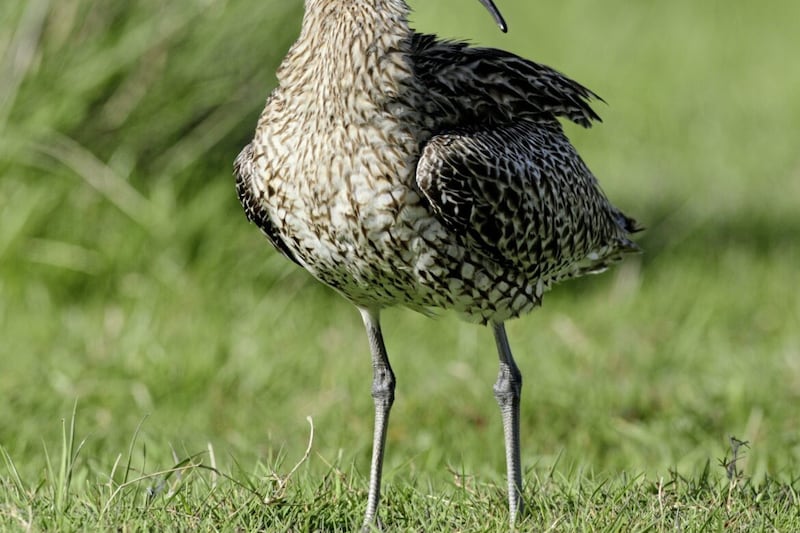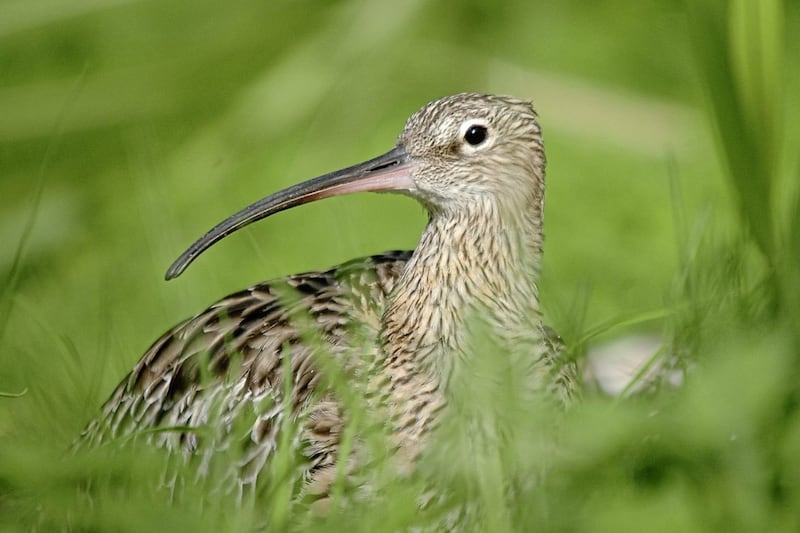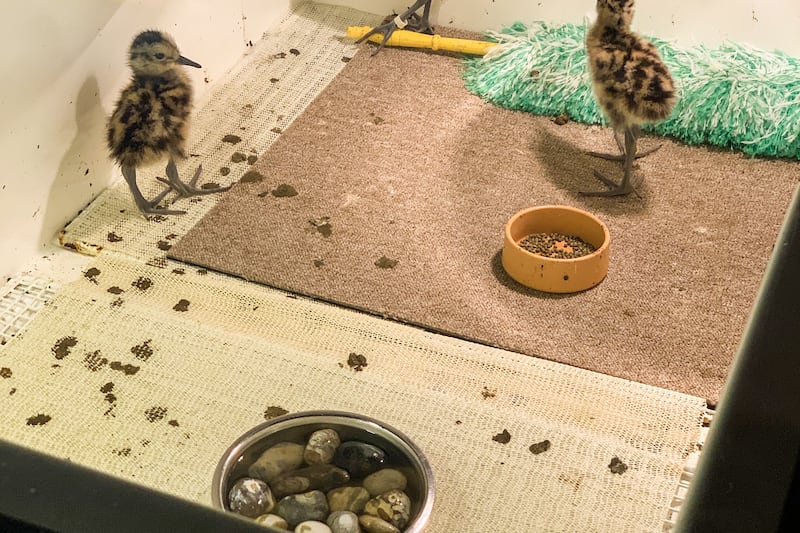AS THE sun blazes in a suggestion of summer and the planet Mercury passes in front of it, a heron wrestles with a writhing eel plucked from the sands that have been abandoned by the tide.
Awkwardly hopping and extending its wings to balance, the heron comes to a rock where the eel is dropped and stabbed until it lies still before being gulped back like an over-sized strand of spaghetti.
It is Monday, it is 19 degrees and Mercury is passing directly between the sun and the Earth while I am standing on a grassy path on the shores of Murlough Bay, near Dundrum in Co Down.
In terms of environmental decisions one of the most short-sighted ever was to abandon Ireland’s rail and tram networks in the 1950s and focus on roads and cars.
It is doubtful if the planners, north and south, who did so could ever have imagined how dependent we would become on cars and how congested the roads would be.
A minor positive legacy of that decision is that there are now long stretches of pathway through our countryside where railway lines were once laid.
Part of the former railway line between Downpatrick and Newcastle can be reached from the Ardilea Road, which lies off the main road between Clough and Dundrum, and from here you can walk all the way into Dundrum and over the sand dunes at Murlough Nature Reserve and along the beach into Newcastle.
The Ardilea Road stretch is less well known than the nearby nature reserve but it is a favourite haunt of twitchers.
As well as eel-stabbing herons, whimbrels, gulls, terns and redshanks are scattered along the inner lough bed and, slightly inland on previous occasions, I have seen an egret fishing. Kingfishers have been spotted along the path, but sadly I have not seen them myself.
On Monday I’d come specifically to try and spot curlews and in a small inlet, that lies between the route of the former railway line and a twisting road, one was clearly visible as the returning tide flooded back over the sands.
The curlew is one of our most distinctive birds with its long curving beak and enigmatic crying call which, according to WB Yeats: “brings to my mind/passion-dimmed eyes and long heavy hair/That was shaken out over my breast:/There is enough evil in the crying of wind”.
But it is one of our most endangered species. It is a red-listed bird, meaning that it is imminent danger of extinction. According to environmental campaigner Mary Colwell, Ireland has lost 97 per cent of its curlew population in recent decades.
Mary, a documentary maker, radio producer and writer, is undertaking a walk across Ireland and Britain to highlight the decline of the curlew.
“I have always been fascinated by the curlew and its evocative call,” she writes on her website.
“I feel so saddened by the drastic decline in numbers that I have decided to take time out and walk from the west coast of Ireland through Wales to the East coast of England to raise awareness about its plight, and also funds for the projects running to protect this beautiful bird and its habitat.
“They are threatened by changes in land use, draining of wetlands, increased predation and some farming practices - especially on their breeding grounds.”
Mary is blogging about her walk at http://marycolwell.blogspot.co.uk/ and has set up the website www.curlewmedia.com which includes pictures, sound clips, videos, articles and observations.








